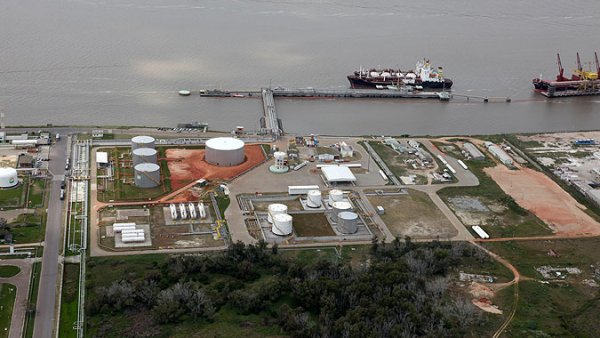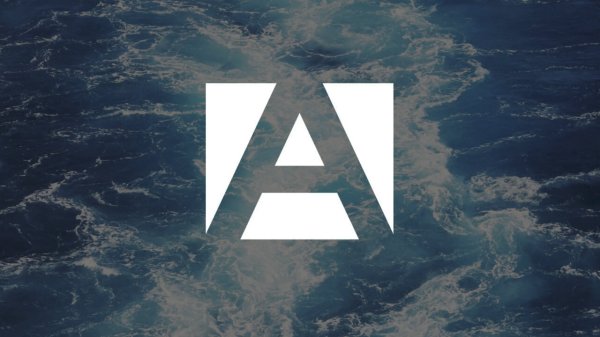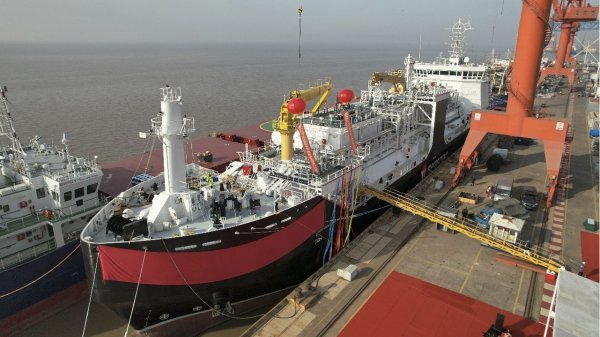Gazpromneft-Lubricants to triple marine lube supply to Rosmorport
Russian supplier reports planned increase in supply volume to more than 1,500 tonnes.
Gazpromneft-Lubricants Ltd - a subsidiary of Gazprom Neft specializing in the production and sale of oils, greases and technical fluids - reports that it has signed a new three-year agreement with Rosmorport to supply marine lubricants to its fleet.
According to the Russian lube supplier, the planned volume of supplied products by the end of 2019 will be more than 1,500 tonnes, which is three times higher than the scope of supply under the previous agreement.
The range of lubricants to be suppliled to Rosmorport includes industrial and motor oils for marine engines, transmissions, reducers, compressors and other equipment.
The sales territories covered in the current agreement are to include the North-West, Far Eastern, Southern and North-Caucasian Federal Districts of the Russian Federation.
As Bunker Index previously reported, Gazpromneft-Lubricants claimed in February that it increased its market share in the Russian marine oils business by 10 percent in 2016, bringing its total contribution to sales in the country to 36 percent.
The Gazprom Neft subsidiary said sales of marine lubricants to ships rose by approximately 6,000 tonnes, or 75 percent, to around 14,000 tonnes last year and that deliveries to foreign ship owners in Russian ports more than doubled to 2,200 tonnes.
Established in 2007, Gazpromneft-Lubricants produces Texaco-branded marine motor oils at its plants in Omsk and Moscow. They are produced from Russian base oils using Chevron Oronite additives and are under licence from Chevron Marine Lubricants.
Image: Drums of Gazprom and Texaco lubricants.
According to the Russian lube supplier, the planned volume of supplied products by the end of 2019 will be more than 1,500 tonnes, which is three times higher than the scope of supply under the previous agreement.
The range of lubricants to be suppliled to Rosmorport includes industrial and motor oils for marine engines, transmissions, reducers, compressors and other equipment.
The sales territories covered in the current agreement are to include the North-West, Far Eastern, Southern and North-Caucasian Federal Districts of the Russian Federation.
As Bunker Index previously reported, Gazpromneft-Lubricants claimed in February that it increased its market share in the Russian marine oils business by 10 percent in 2016, bringing its total contribution to sales in the country to 36 percent.
The Gazprom Neft subsidiary said sales of marine lubricants to ships rose by approximately 6,000 tonnes, or 75 percent, to around 14,000 tonnes last year and that deliveries to foreign ship owners in Russian ports more than doubled to 2,200 tonnes.
Established in 2007, Gazpromneft-Lubricants produces Texaco-branded marine motor oils at its plants in Omsk and Moscow. They are produced from Russian base oils using Chevron Oronite additives and are under licence from Chevron Marine Lubricants.
Image: Drums of Gazprom and Texaco lubricants.

|
IMO approves pricing mechanism based on GHG intensity thresholds
Charges to be levied on ships that do not meet yearly GHG fuel intensity reduction targets. |
|
|
|
||

|
VARO Energy expands renewable portfolio with Preem acquisition
All-cash transaction expected to complete in the latter half of 2025. |
|
|
|
||

|
NYK trials biofuel in milestone coal carrier test
Vessel is used to test biofuel for domestic utility company. |
|
|
|
||

|
H-Line Shipping orders LNG bunkering vessel
Vessel with 18,000-cbm capacity to run on both LNG and MDO. |
|
|
|
||

|
How to engineer and manage green shipping fuels | Stanley George, VPS
Effective management strategies and insights for evolving fuel use. |
|
|
|
||

|
Swedish government bans scrubber wastewater discharges
Discharges from open-loop scrubbers to be prohibited in Swedish waters from July 2025. |
|
|
|
||

|
MAN Energy Solutions achieves 100% load milestone for ammonia engine
Latest tests validate fuel injection system throughout the entire load curve. |
|
|
|
||

|
Petrobras secures ISCC EU RED certification for B24 biofuel blend at Rio Grande
Blend consisting of 24% FAME is said to have been rigorously tested to meet international standards. |
|
|
|
||

|
Stolt-Nielsen to fully control Avenir LNG with acquisition
Share purchase agreement to buy all shares from Golar LNG and Aequitas. |
|
|
|
||

|
Bureau Veritas supports launch of CIMC SOE's LNG bunkering vessel
Handover of Seaspan Energy's cutting-edge 7,600-cbm vessel completed. |
|
|
|
||
Related Links
- · Gazpromneft-Lubricants claims 36% market share in Russia [Insights]
- · Gazpromneft Marine Bunker performs first lube ship delivery in Ust-Luga [Insights]
- · Threefold sales increase for Gazpromneft Lubricants in 2015 [Insights]
- · Gazpromneft supplies more than 32,000 tonnes to Royal Caribbean in St. Petersburg [Insights]
- · Gazpromneft-Lubricants conducts spill exercises in St Petersburg and Murmansk [Insights]
- · Russia [Directory]

